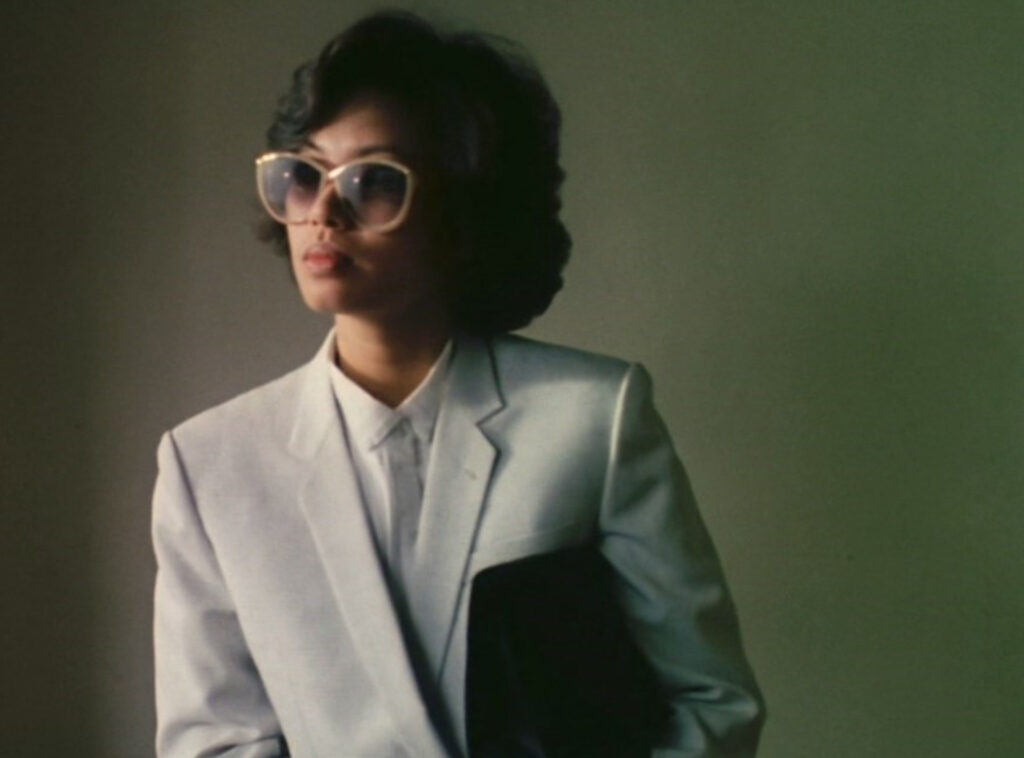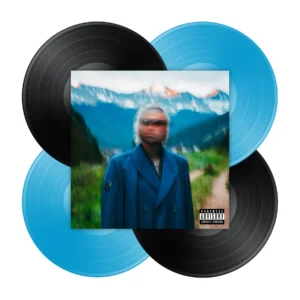In the 1980s, as Taiwan transformed under the weight of rapid urbanization and shifting political tides, a quiet yet powerful cinematic revolution took root. Led by visionary directors like Edward Yang and Hou Hsiao-hsien, the Taiwan New Cinema movement rejected the glitz of martial arts epics and melodramatic fare in favor of something more intimate: stories of ordinary people, grappling with real-life concerns, portrayed with emotional honesty and aesthetic restraint.
Now, in 2025, the BFI’s Myriad Voices: Reframing Taiwan New Cinema season offers UK audiences a rare opportunity to explore this groundbreaking movement, including restored classics and previously unavailable gems. The timing is poignant: it follows a March retrospective of Edward Yang and arrives months after Hou Hsiao-hsien’s family announced his retirement due to Alzheimer’s. This curated season doesn’t just celebrate well-known works—it digs into the deeper, often overshadowed currents of Taiwanese film history.
What Is Taiwan New Cinema?
Taiwan New Cinema emerged in the early 1980s as a response to the commercial formulas dominating Chinese-language film. Instead of kung fu and formulaic love stories, these directors chose to highlight working-class life, personal identity, and the social turbulence of a modernizing nation. The emphasis was on long takes, naturalistic dialogue, and unembellished realism.
“It captured a very special period in 80s Taiwan,” says BFI programmer Hyun Jin Cho. These films focused on modernity, internationalism, and deeply human storytelling. Female voices and perspectives were often central, with long-time collaborations between directors and women writers or performers shaping the emotional and political tone of the movement.
Essential Films of the Movement
A City of Sadness (1989) – Hou Hsiao-hsien
Arguably the most iconic film of the movement, A City of Sadness broke ground both politically and artistically. Set in the aftermath of World War II, the film depicts Taiwan’s traumatic transition from Japanese rule to Chinese Nationalist control, culminating in the 1947 February 28 Incident—a massacre long censored in public discourse. This was the first Taiwanese film to confront that dark chapter head-on, just two years after martial law was lifted.
Tony Leung stars as a deaf-mute photographer whose quiet suffering becomes a lens for national tragedy. The film’s visual poetry, captured in static, painterly shots, renders domestic life a site of resistance and resilience.
Taipei Story (1985) – Edward Yang
Edward Yang’s work explores how individuals, especially those in urban Taiwan, navigate tradition and modernity. Taipei Story, co-written by Hou and starring him in a rare lead role, captures the slow disintegration of a relationship as the characters confront economic pressure, personal ambition, and disconnection.
Yang’s approach was always rooted in empathy. “His films are a love letter to his friends,” says Cho. He was less interested in plot than in presence—how a person lives in their space, how silence communicates more than dialogue.
Out of the Blue (1984) – Chen Kun-hou
This introspective film, co-written by Hou and Chu Tʽien-wen, follows a young man caught between school pressure and a brief, haunting romance. With its slow pace and emotional subtlety, Out of the Blue reflects Chen’s experimental desire to tell stories with minimal dialogue. It’s a meditation on absence and youth, set against the textures of 1980s Taiwan—baseball fields, cassette players, coastal roads.
My Favourite Season (1985) – Chen Kun-hou
A quietly radical film about gender and autonomy, My Favourite Season stars Sylvia Chang as a modern woman who leaves her job after becoming pregnant by her married boss. Rather than play the victim, she takes control—seeking a husband to give her child a surname, with the full intention of divorcing soon after.
This transactional marriage unfolds into something tender, with beautiful countryside scenes hinting at the possibility of real connection. Chen’s sensitivity in depicting the female body and agency adds another layer to Taiwan New Cinema’s progressive ethos.
The Boys from Fengkuei (1983) – Hou Hsiao-hsien
A foundational work for both Hou and the movement as a whole, The Boys from Fengkuei follows three teens from a small fishing town moving to the big city. With a semi-documentary approach and wide, atmospheric shots, the film captures the emotional landscape of adolescence: hope, displacement, quiet yearning.
Cinematographer Chen Kun-hou describes how the light in Penghu’s barren coastlines contrasts with the energy and density of Kaohsiung. This tension—between old life and new ambition—is at the heart of Taiwan’s evolving identity.
Kuei-Mei, a Woman (1985) – Chang Yi
This 40th anniversary restoration is one of the BFI season’s highlights. Kuei-Mei, a Woman charts the life of a woman who marries into hardship and battles through decades of struggle—from cramped kitchens to sweatshops—while holding on to the dream of opening a restaurant.
Director Chang Yi was central to the birth of the movement, co-directing the 1982 anthology In Our Time with Edward Yang. Here, his collaboration with female writer Hsiao Sa results in a deeply empathetic portrait of working-class womanhood.
Autumn Tempest (1988) – Huang Yu-shan
Huang Yu-shan’s debut feature was initially conceived as a short, but grew into a full-length romantic drama starring Korean actress Kang Soo-yeon. When a city student falls for a temple-dwelling woman, what unfolds is more than a love story.
Through small cultural details—instant coffee, American pop songs—Autumn Tempest portrays the friction between tradition and modernity. It also sparked public debate about women’s sexual agency, with Huang later summarizing the film as “Sex, Buddha, and Wind.” The elements of desire, restraint, and chaos swirl through every frame.
Legacy and Influence
Taiwan New Cinema has influenced generations of directors—from Ang Lee to Tsai Ming-liang—and its themes resonate in contemporary cinema globally. Its slow pace, long takes, and introspective style prefigured the rise of “slow cinema” and minimalist storytelling seen in auteurs like Chantal Akerman or Kelly Reichardt.
While Hou and Yang are the towering figures of the movement, this BFI season showcases a broader picture—one that includes underseen works, especially those with women at the center. “There’s something timeless and radically human about these stories,” says Cho. They are about migration, love, loss, identity—questions that don’t expire.
Flow
Taiwan New Cinema was never about spectacle. It was about the spaces between words, the quiet defiance of everyday people, and the emotional weight of seemingly small moments. As these films resurface in new restorations and retrospectives, their impact feels as vital as ever.
Myriad Voices: Reframing Taiwan New Cinema runs through April 2025 at BFI London—a portal into a cinematic past that still whispers to our present.
No comments yet.







